Description
hardware flow control. It is an ideal choice in the field of industrial automation.
Design of ABB industrial robot deburring and grinding workstation based on RobotStudio simulation software
introduction
As an official offline programming software for ABB robots, Robotstudio not only has powerful simulation and offline programming functions, but also has automatic path generation
function and simulation monitoring collision function. It can realize the simulation of robots in real scenes, so as to timely update existing robot programs. optimize. On-site teaching
programming will affect normal production activities on site.
The application of Robotstudio software offline programming can reduce on-site teaching and programming time.
As a traditional process of mechanical processing, deburring and grinding have a wide range of applications. However, for a long time, in the process of manual deburring
and polishing, there have been differences in operations between workers. The manual operation is not repeatable and the deburring effect is unstable, which has seriously
affected the surface quality and service life of the finished product; and the working environment There is a large amount of dust floating in the air and the conditions are harsh,
seriously endangering the physical and mental health of workers. With the proposal of “Made in China 2025”, intelligent manufacturing production has become an
important development direction for the transformation and upgrading of the future manufacturing industry. The use of industrial robot automated production lines for repetitive
batch processing operations can not only greatly improve production efficiency, but also greatly improve product quality. Yield and production stability. Therefore, before designing
the robot polishing program, if the shape, size and polishing amount of the workpiece to be polished are known, the robot offline program can be written on the
Robotstudio software according to the existing conditions, thereby improving the efficiency of on-site programming.
1Design task description
This task is to create a new simulation workstation in ABB robot simulation software Robotstudio. The corresponding training equipment in reality is the Yalong
YL-l360A industrial robot deburring and grinding system control and application equipment. The industrial robot selection and method of the simulation workstation are
The grinding head installed on the blue plate refers to the Yalong YL-l360A industrial robot deburring and grinding system control and application equipment, and the
workpiece is customized. The ABB industrial robot deburring and
grinding workstation simulation training process includes: creating a workstation, setting up tools, creating smart components, creating tool coordinate systems,
creating trajectories, programming, simulation design, and verification.
2 Task implementation
2.1 Create a workstation
Import the robot: First, create a new simulation workstation in the Robotstudio software. The workstation name is self-named, and then import the
corresponding industrial robot IRB1410. The robot position remains unchanged by default. Create a robot system, modify the system options, check 709-1D
eviceNetMaster/s1ave, select Chinese as the language, and leave the other options unchanged by default, then click Confirm to create the robot system
After the robot system is created, hide the industrial robot IRB1410 to facilitate subsequent workstation operations.
Import workpiece: The workpiece here is customized, and the corresponding workpiece is selected according to the actual situation on site. This article
uses the original workpiece Curvet in Robotstudio software. After importing it into the workstation, according to the reachable range of the robot, just place the
workpiece at a suitable location within the reachable range of the robot, as shown in Figure 1.
Import the grinding rotor tool: First, create a new grinding rotor tool component – rotor – copy (2) and rotor – copy (2) in the so1idworks 3D software. The
rotor – copy (2) is a rotatable grinding rotor. —The copy is the tool body, which is the grinding rotor frame, and is installed on the robot flange, as shown in Figure 2.
2.2 Setting tools
First, move the rotatable grinding rotor and the tool body to the local origin based on point A, and adjust the initial tool angle so that the grinding rotor is
parallel to the x-axis of the geodetic coordinate system, as shown in Figure 3. Set the local origin of the tool body at this time, change the position x, y,: to 0, 0, 0, and change the direction x, y,: to 0, 0, 0.
Figure 3 Tool settings
Create a new frame at point B of the tool body, name it “frame l”, and adjust the direction of frame l so that the axis is perpendicular to the
plane of point B. The specific direction is shown in Figure 4.
Display operation panel NDBU-95C
Display operation panel NDBU-95C
Display operation panel NCTM01
Display operation panel NCPM01
Display operation panel NCOM04
Display operation panel NCOM03
Display operation panel NCOM02
Display operation panel NCOM01
Display operation panel NCNA-01
Display operation panel NCIS02
Display operation panel NCIS01
Display operation panel NBTM01
Display operation panel NBRA-658C
Display operation panel NBIO-21CU
Display operation panel NBIO-21C
Display operation panel NBIM02
Display operation panel NBIM01
Display operation panel NASO01
Display operation panel NASM04
Display operation panel NASM03
Display operation panel NASM02S
Display operation panel NASM02E
Display operation panel NASM02
Display operation panel NASM01
Display operation panel NASI02/F
Display operation panel NASI02
Display operation panel NAOM01
Display operation panel NAMU-01C 64702475D
Display operation panel NAMM03
Display operation panel NAMM02
Display operation panel NAMM01
Display operation panel NAIO-03
Display operation panel NAIO-03
Display operation panel NADS01
Display operation panel MX-CS101-401
Display operation panel MTB-01 3HNA006035-001
Display operation panel MSR04XI
Display operation panel MPRC086444-005
Display operation panel MPRC086444-005
Display operation panel MJFA9902
Display operation panel MFS3N-230V
Display operation panel MFPM02
Display operation panel MFE460A033BW
Display operation panel MEM86-3×192/CMBMR3
Display operation panel MDO32BNS
Display operation panel MDI32BIS
Display operation panel MCOB-02 3HNE09204-1/03
Display operation panel MCCB-02 3HNA001572-001
Display operation panel MCB-02 3HNA018575-001
Display operation panel MB810
Display operation panel MB801V512
Display operation panel MB510 3BSE044219DB
Display operation panel MB510 3BSE002540R1
Display operation panel MB510 3BSE002540R1
Display operation panel MAI32LAD
Display operation panel MAI32LAD
Display operation panel M3AA80B2
Display operation panel M2004HW
Display operation panel LXN1604-6
Display operation panel LWN2660-6EG
Display operation panel LWN2660-6E 3BHL000986P7002
Display operation panel LWN2660-6E
Display operation panel LWN2660-6
Display operation panel LWN1902-6
Display operation panel LTU-785
Display operation panel LTC745A101 3BHE039905R0101
Display operation panel LTC743CE22 3BHE013299R0022
Display operation panel LTC743CE 3BHE013299R0001
Display operation panel LTC743CE 3BHE013299R0001
Display operation panel LTC391AE01 HIEE401782R0001
Display operation panel LTC391AE01 HIEE401782R0001
Display operation panel LTC391AE01 HIEE401782R0001
Display operation panel LT8978BV1 HIEE320639R0001
Display operation panel LT8978bV1
Display operation panel LSP086388-001
Display operation panel LPS01
Display operation panel LMUSM02
Display operation panel LM80
Display operation panel LDSYN-101 3BHE005555R0101
Display operation panel LDSYN-101
Display operation panel LDSYN-101
Display operation panel LDSTA-01
Display operation panel LDSTA-01
Display operation panel LDMUI-01
Display operation panel LDMUI01
Display operation panel LDMUI01
Display operation panel LDMUI-001 61320946C

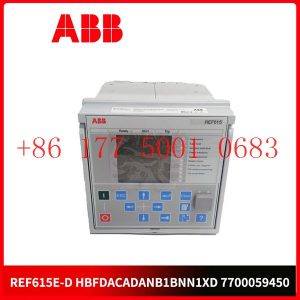
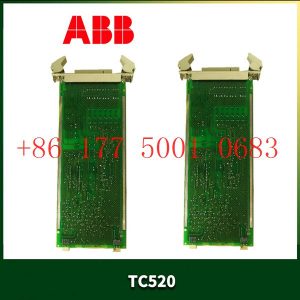
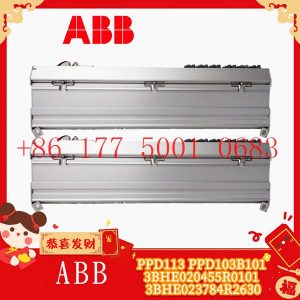
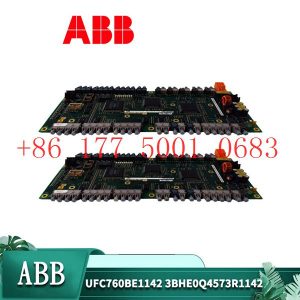
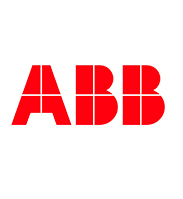



Reviews
There are no reviews yet.